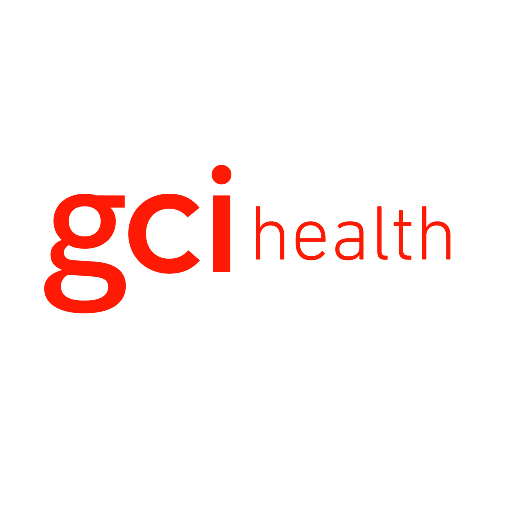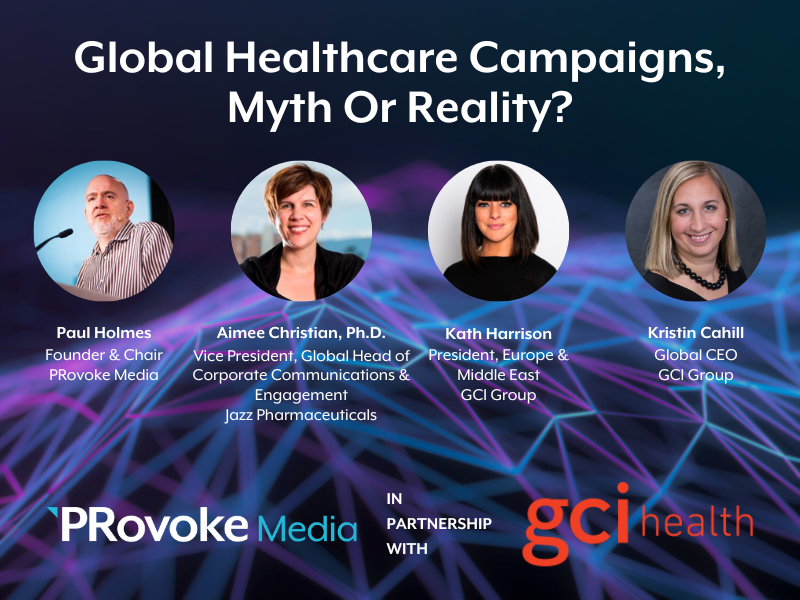GCI Health 02 Feb 2017 // 1:57PM GMT

To say that America – and the world – is divided on many important issues is rapidly becoming the understatement of the century. In fact, perhaps the only thing we can all agree on is that 2017 will bring many changes – some for better and some for worse, depending on your perspective.
From a US healthcare perspective, it’s highly probable that at least some aspects of the Affordable Care Act will disappear or evolve in 2017. Leadership within FDA will presumably change and it’s yet to be seen how the January hiring freeze will affect the implementation of the 21st Century Cures Act. Media outlets will likely continue to make staffing changes as they adjust to new fiscal realities and business models, further expanding the role of freelance journalism and social media feeds in disseminating healthcare news. In fact, the entire way we consume news could transform this year as people struggle to determine real versus fake news (as opposed to news they just don’t like).
On the other hand, many companies are poised to introduce breakthrough treatments for cancer and several rare diseases in 2017, and the convergence of healthcare and technology shows no sign of slowing down. Drug and device pipelines are looking more and more robust thanks to burgeoning healthcare start-up markets in Massachusetts, California, New Jersey and the Midwest. And today’s patient – more empowered than ever – is poised to continue to change the way healthcare decisions are made.
All of this means that the healthcare communications landscape will likely look very different than it does now when we wake up on January 1, 2018.
The good news is that, as healthcare communicators, we’ve been trained to be “change managers.” To help our companies and our clients manage through – and even capitalize on – periods of turmoil and transformation. So, as we look ahead, many of the tried-and-true change management strategies that we’ve championed for years feel particularly relevant to healthcare organizations and brands that are navigating a new normal in 2017.
Set a clear vision
In times of change, people are hungry for inspirational leaders and visionaries. Employees want to hear from their executives how they are tackling environmental shifts and patients want to understand how to find their way through an ever-changing scientific and access landscape. This means that healthcare leaders have a great opportunity to become navigators and champions of health literacy in 2017 – to go beyond traditional goods and services and deliver extra support to their stakeholders.
To be successful, however, companies must recognize that their corporate and commercial narratives are inextricably linked, and that it is essential to break down siloes and speak with one voice. Whether it’s demonstrating how business efforts align to the Sustainable Development Goals or communicating how a treatment is best accessed, a company’s corporate communications can no longer be separated from its product communications.
Understand the cultural landscape
When trying to communicate in dynamic times, it’s imperative that healthcare organizations and brands understand the day-to-day realities of their stakeholders. It’s just too easy otherwise to say or do something that feels off-key or out of touch. This is where the healthcare industry can learn and benefit from its increasing collaboration with technological innovators. Companies like Google and Apple have built their success on a responsiveness to stakeholders’ needs in the moment and healthcare companies would be wise to take note. Luckily, this is easier than ever through social media listening and insight generators like IBM Watson.
Be willing to fail (and talk about it)
While the instinct can be to show strength versus vulnerability when times are changing, the opposite is actually true. One of the most exciting aspects of the marriage of healthcare and technology is the infusion of the tech start-up mentality into the scientific field – one that encourages thoughtful risk taking and the willingness to fail. If healthcare companies are willing and able to demonstrate humility, lift the veil and show both their failures and their triumphs in the name of scientific innovation, they can make great progress against some of the reputational challenges they face.
Embrace new perspectives
When organizations merge or change, it can create unprecedented collaboration at all levels.
If you look at government-led efforts like the Brain Initiative or Cancer Moonshot or the Precision Medicine Initiative – they are all rooted in the private and public sectors coming together to generate interesting and novel research. The pharmaceutical industry is also working with academia in extraordinary ways to address unmet needs and cure disease. And in public health, people now realize that it takes a truly holistic approach – one that not only addresses health challenges but also political and socioeconomic barriers – to make progress. As communicators, we can help our clients navigate these unique and often groundbreaking collaborations, and translate the learnings into action.
Encourage ownership
To be successful, it’s important to foster ownership at all levels of an organization and ensure that all members of the team are operating from the same playbook. As healthcare communicators, we can take ownership in 2017 by demonstrating the value of what we do and how it contributes to business objectives. This means not only considering the why and the how when developing programs – but how easily we can demonstrate what the program will do for the brand and the organization.
This means pushing for more branded – and less unbranded – social communities and programs in the pharmaceutical space where you can show direct engagement with the brand. It helps that properties like Facebook have made it easier for branded health content by allowing scrolling for important safety information and other fair balance. It also means having less of a dependence on organic distribution of social content and really embracing robust paid promotional strategies that are much easier to measure.
Focus on the individual
When things change, people want to know “what does this mean for me?” In 2017, organizations would be wise to focus on the individual stakeholder – and their unique experience.
Yet, in some ways, patient centricity has become the new “innovation” – everyone says it and so it has started to lose its meaning. Despite its ubiquity, the concept of putting the patient at the center is more important than ever. There is a universal nostalgia for the “good old days” of healthcare – when doctors could be doctors and patients felt like individuals – not statistics or invisible conditions.
To tap into this longing, healthcare organizations must go beyond generic proclamations of patient commitment and instead pursue authentic and differentiated ways of making patients core to their business and their communications. This means embracing unprecedented transparency and two-way dialogue. (And, yes, this IS possible to do this compliantly in our highly regulated environment. There are great examples of this type of engagement happening all over our industry).
 By: Kristin Cahill, President, North America, GCI Health
By: Kristin Cahill, President, North America, GCI Health


































.jpg)














